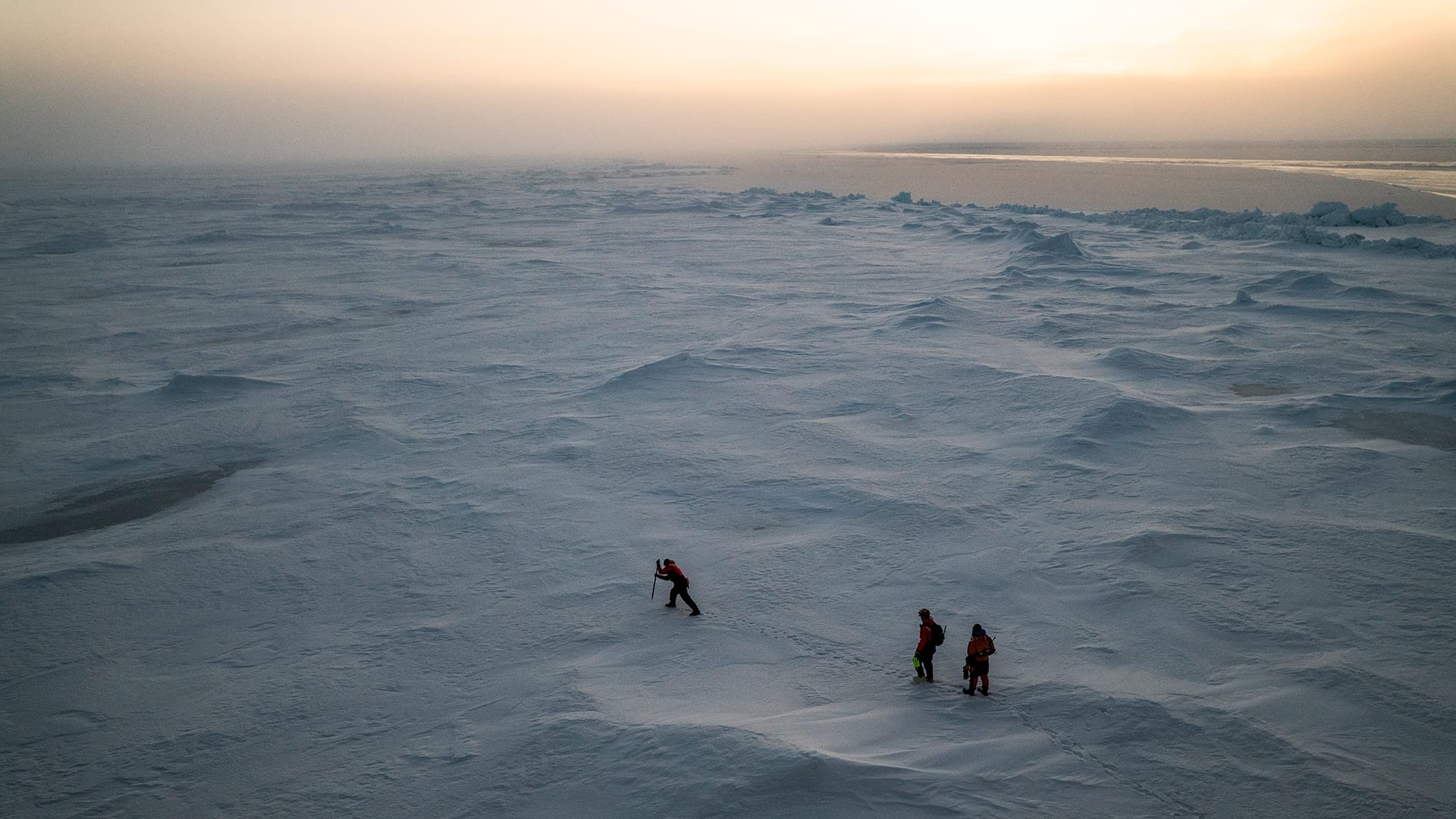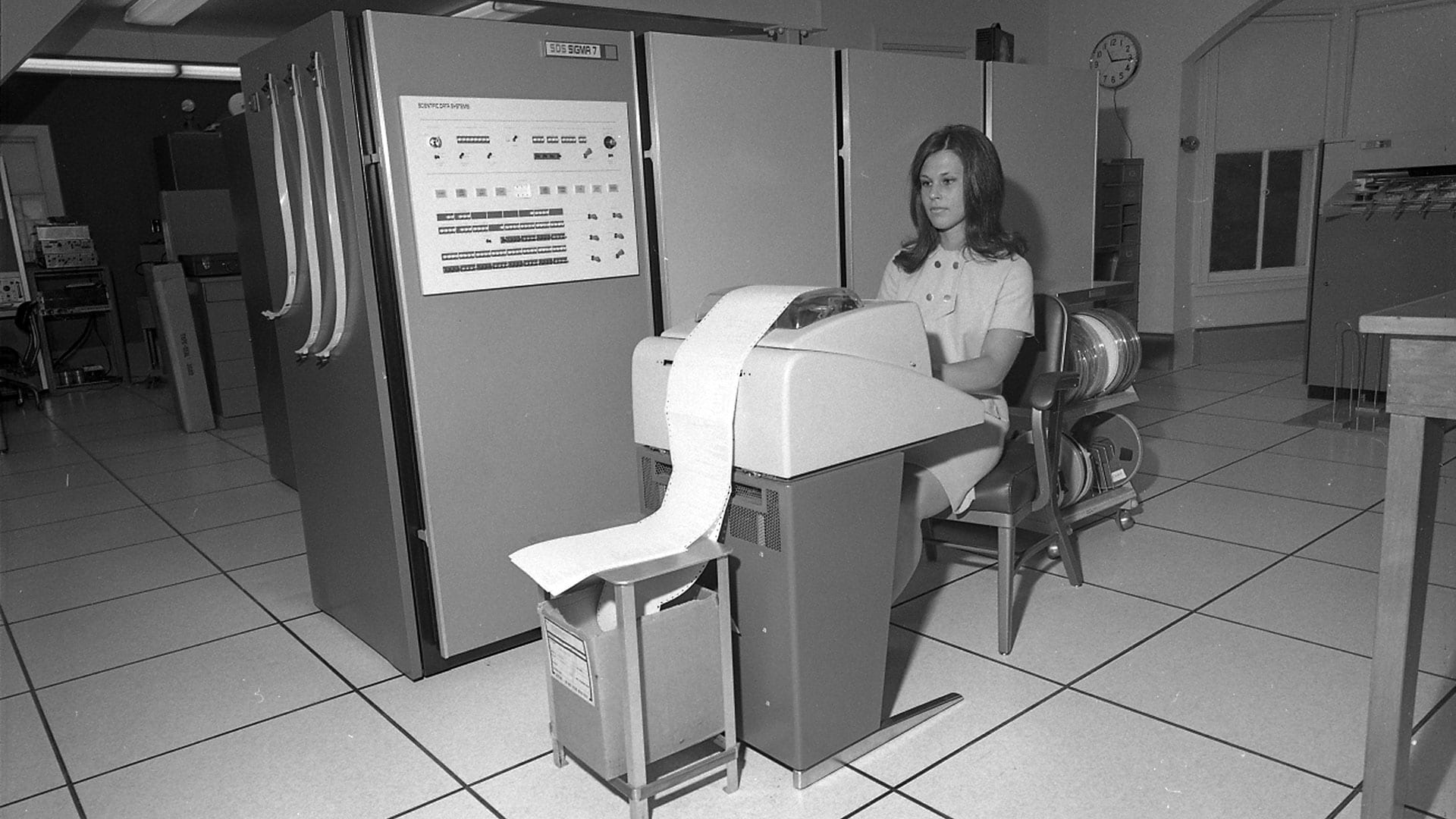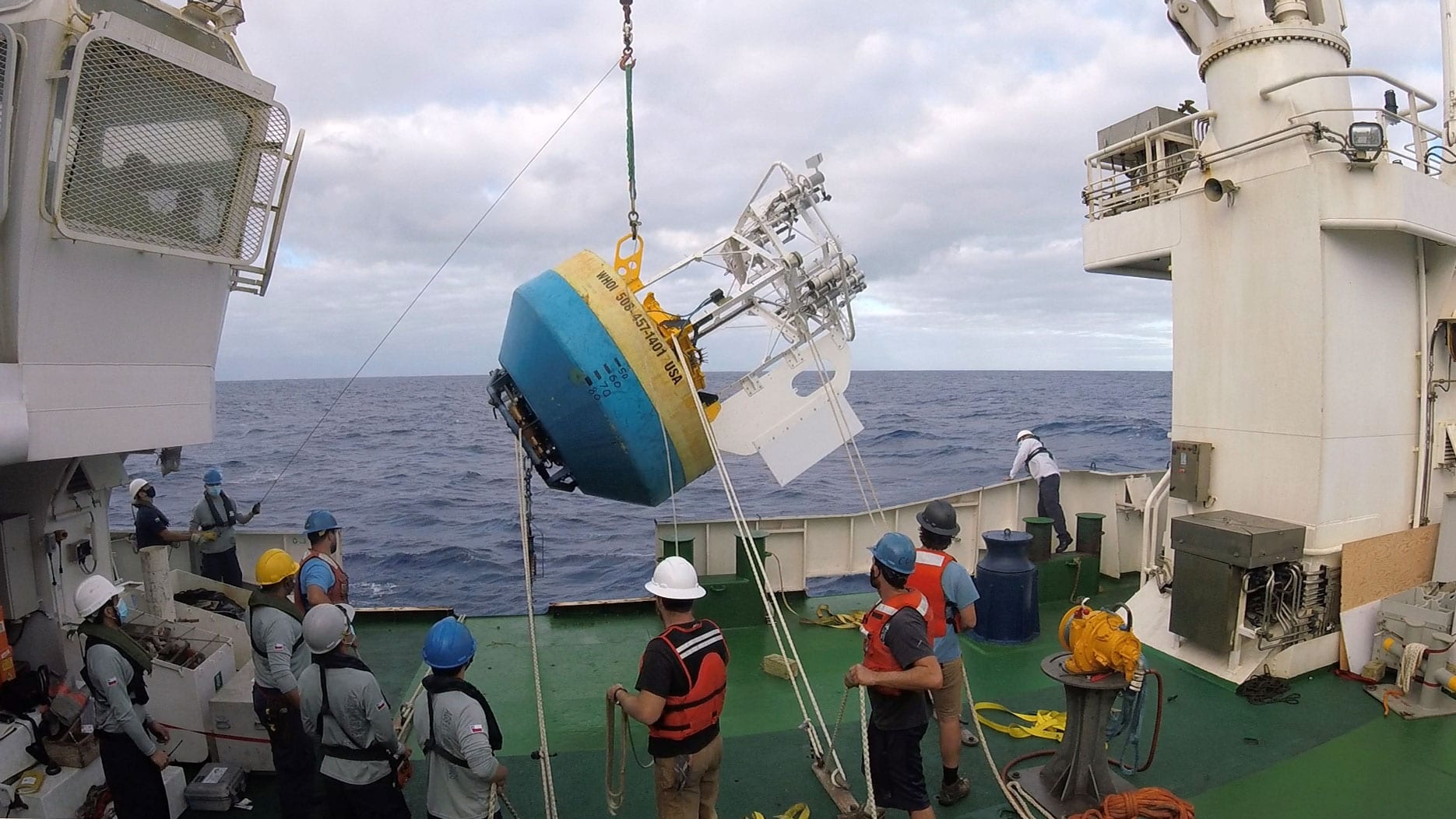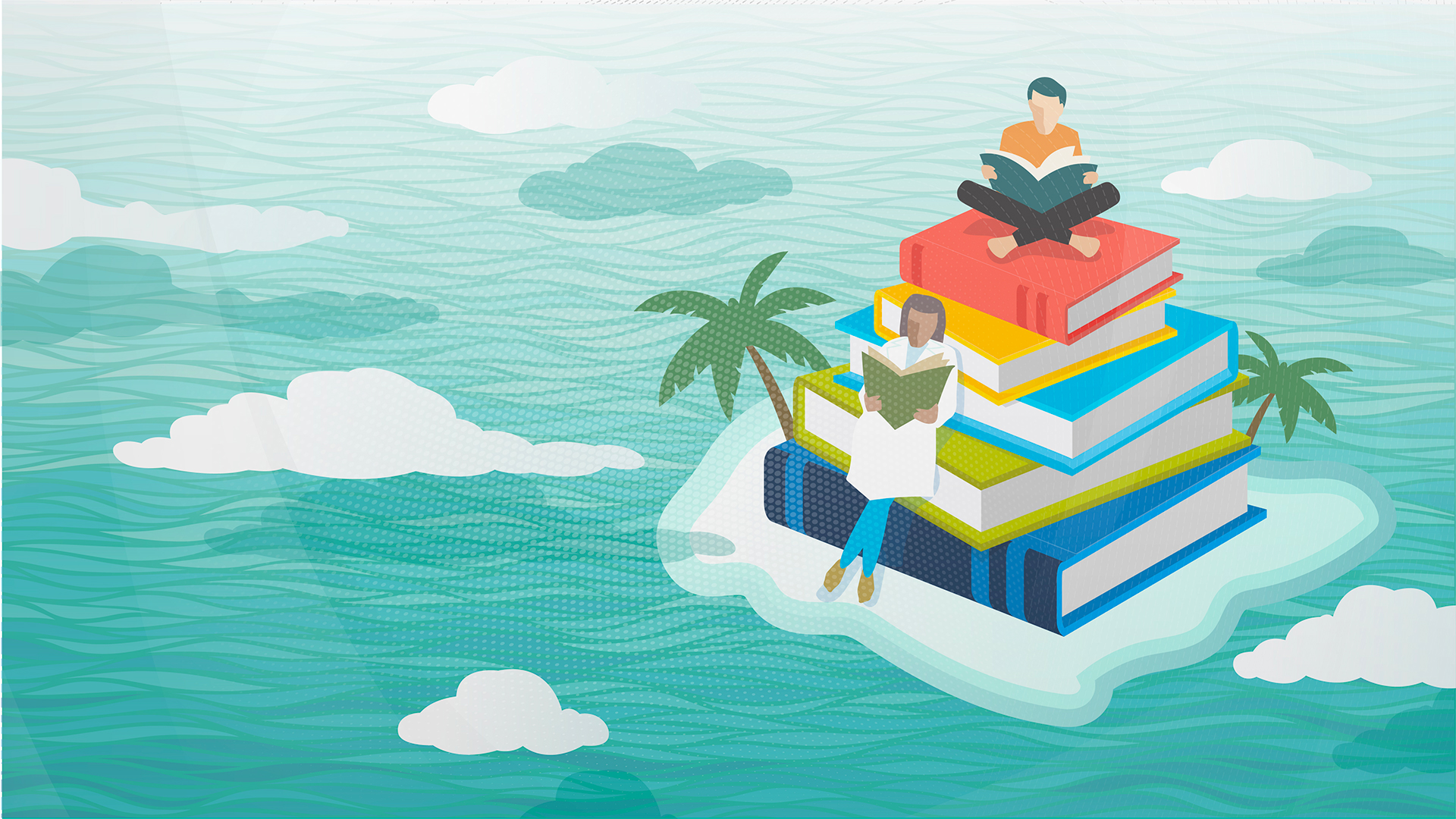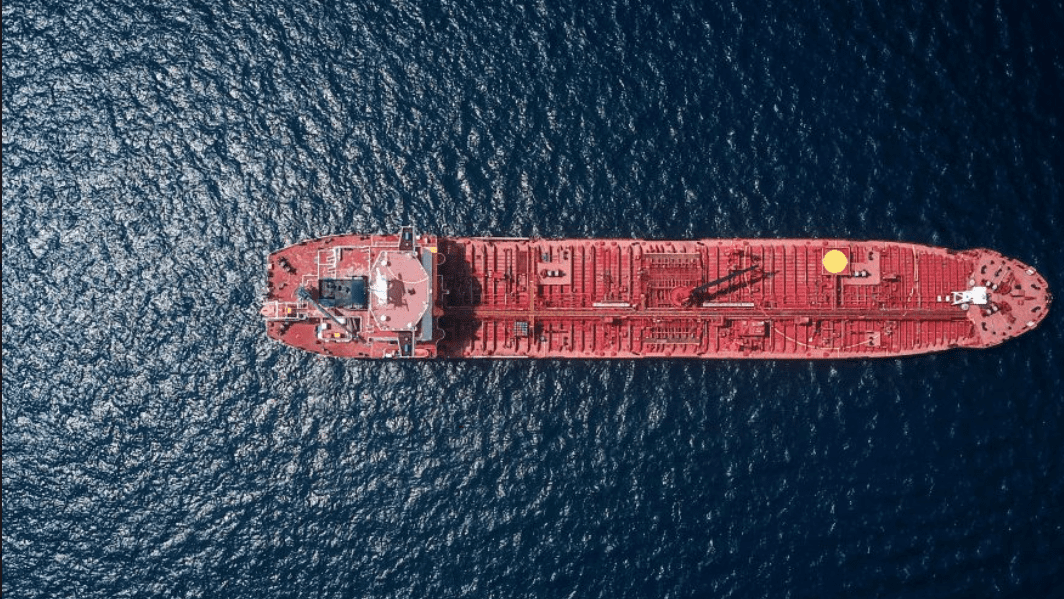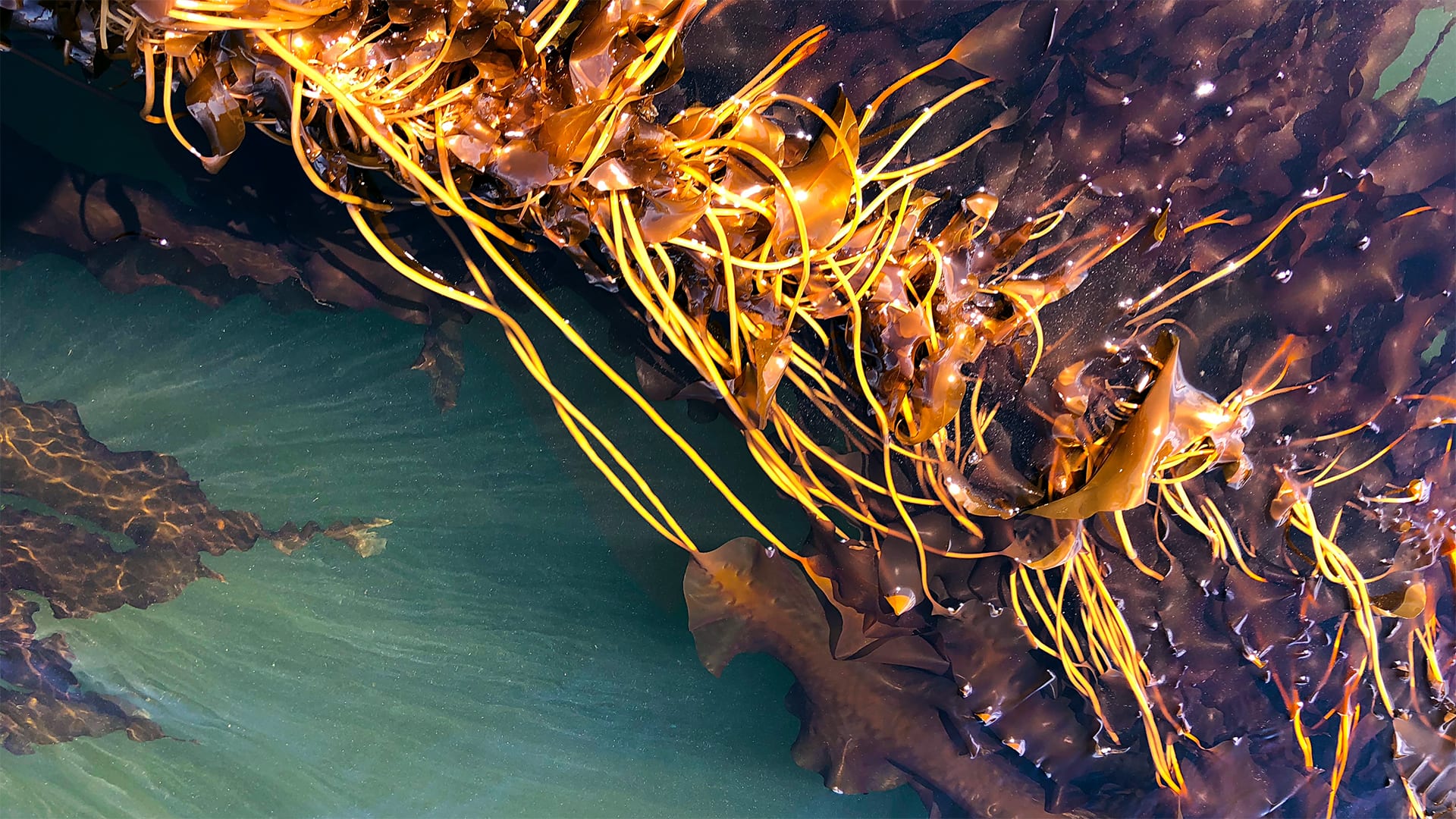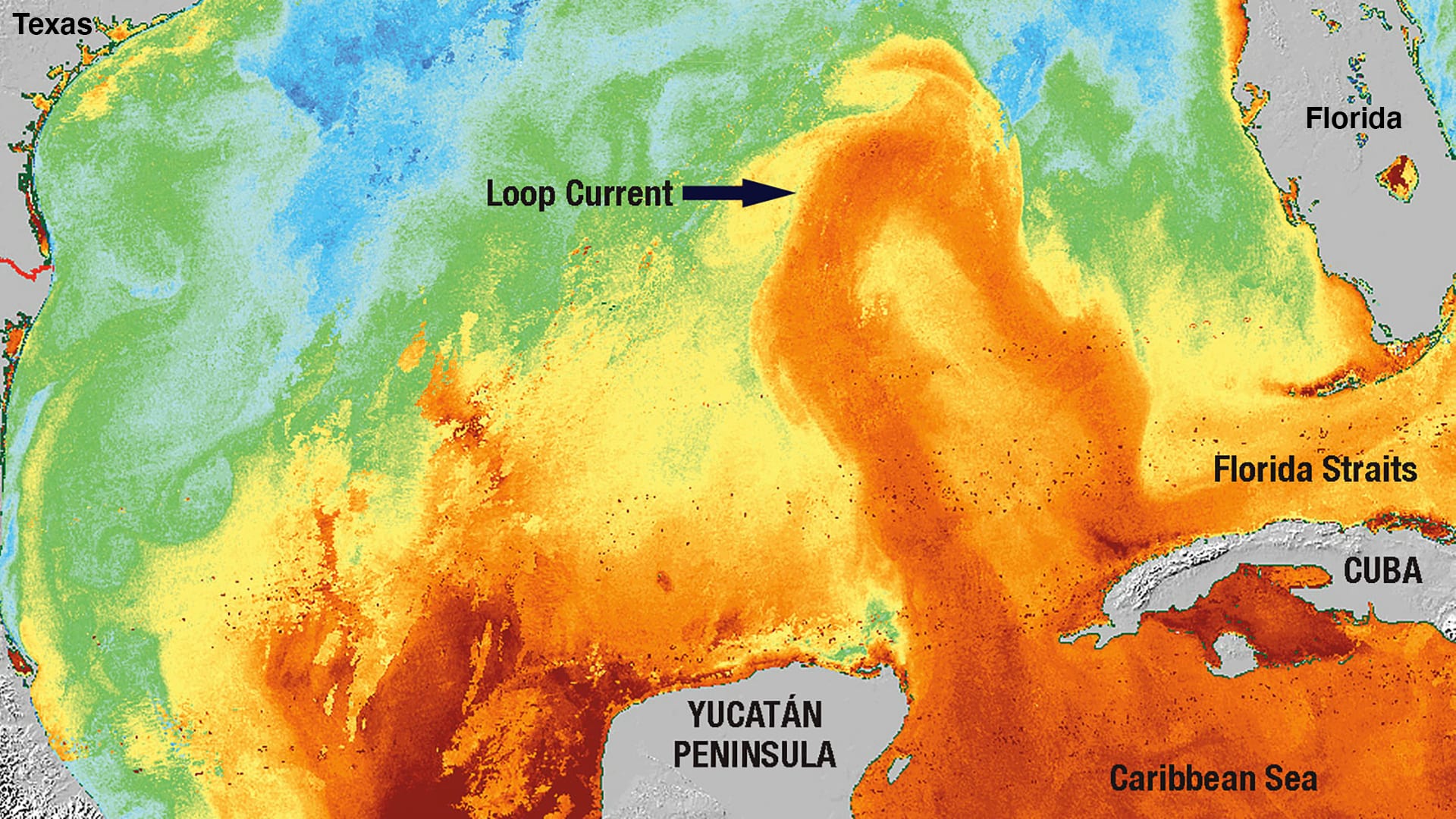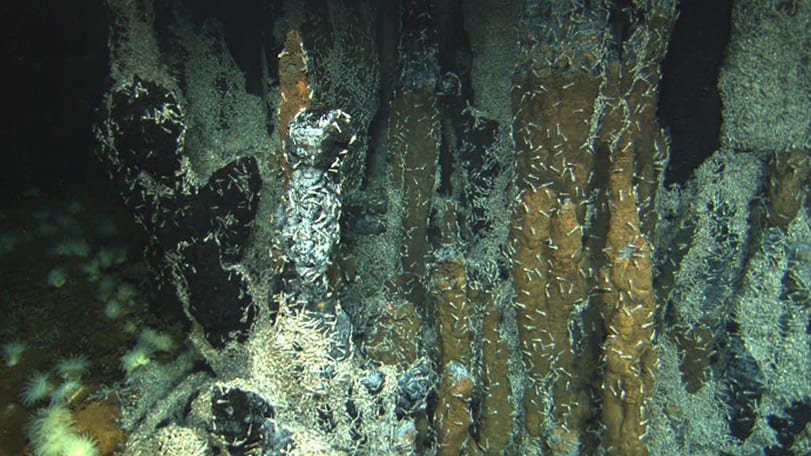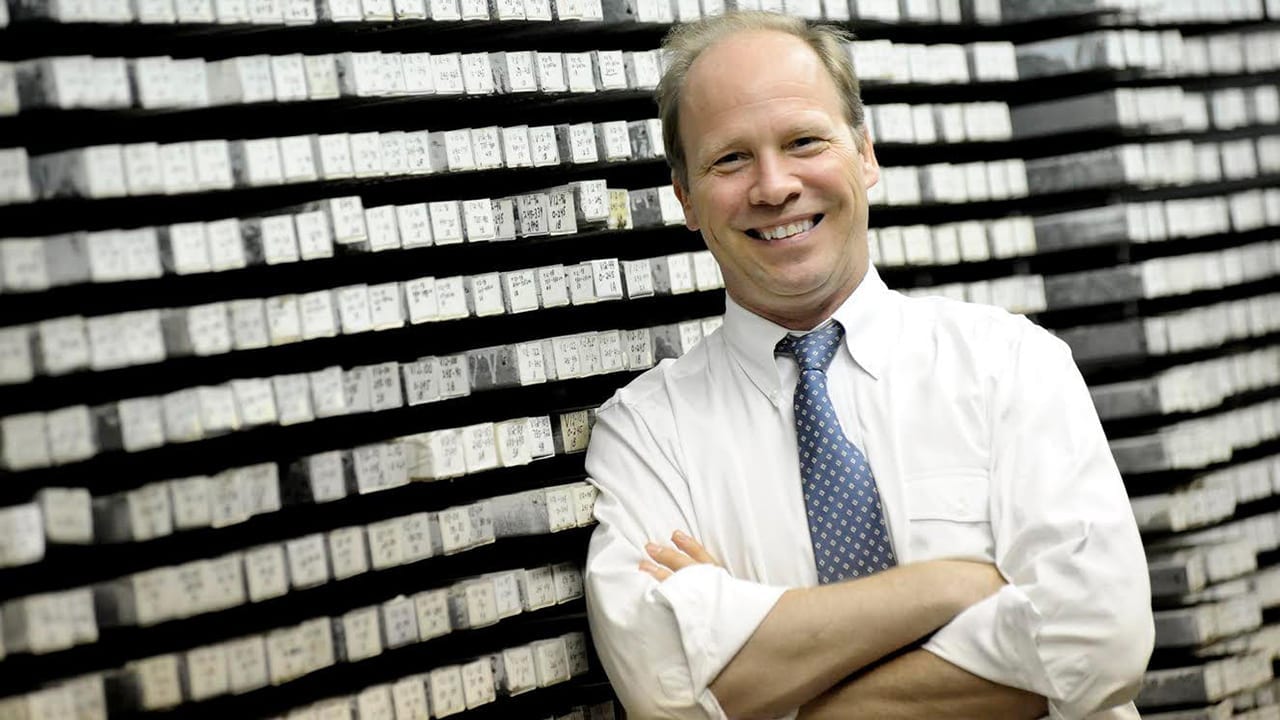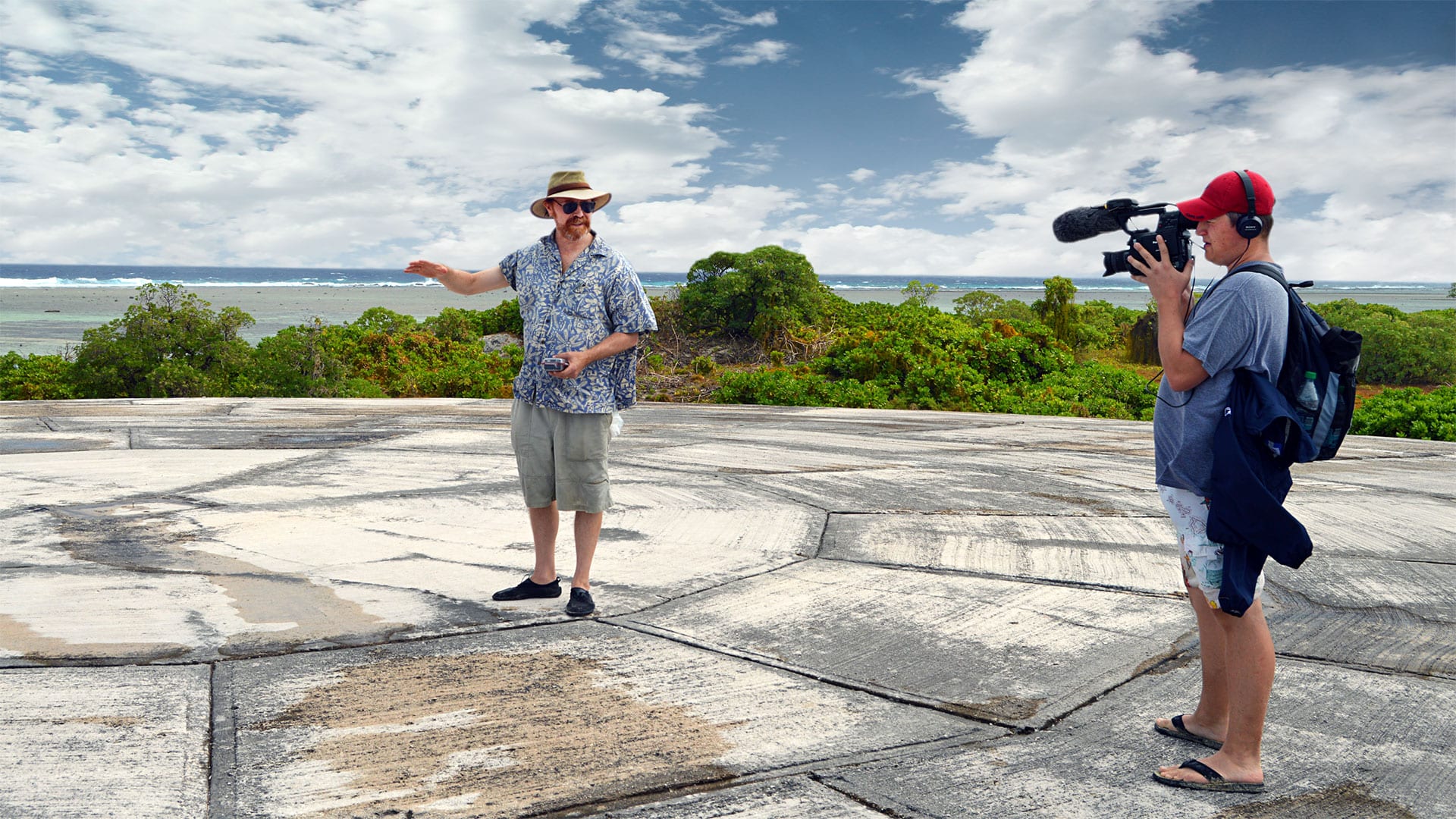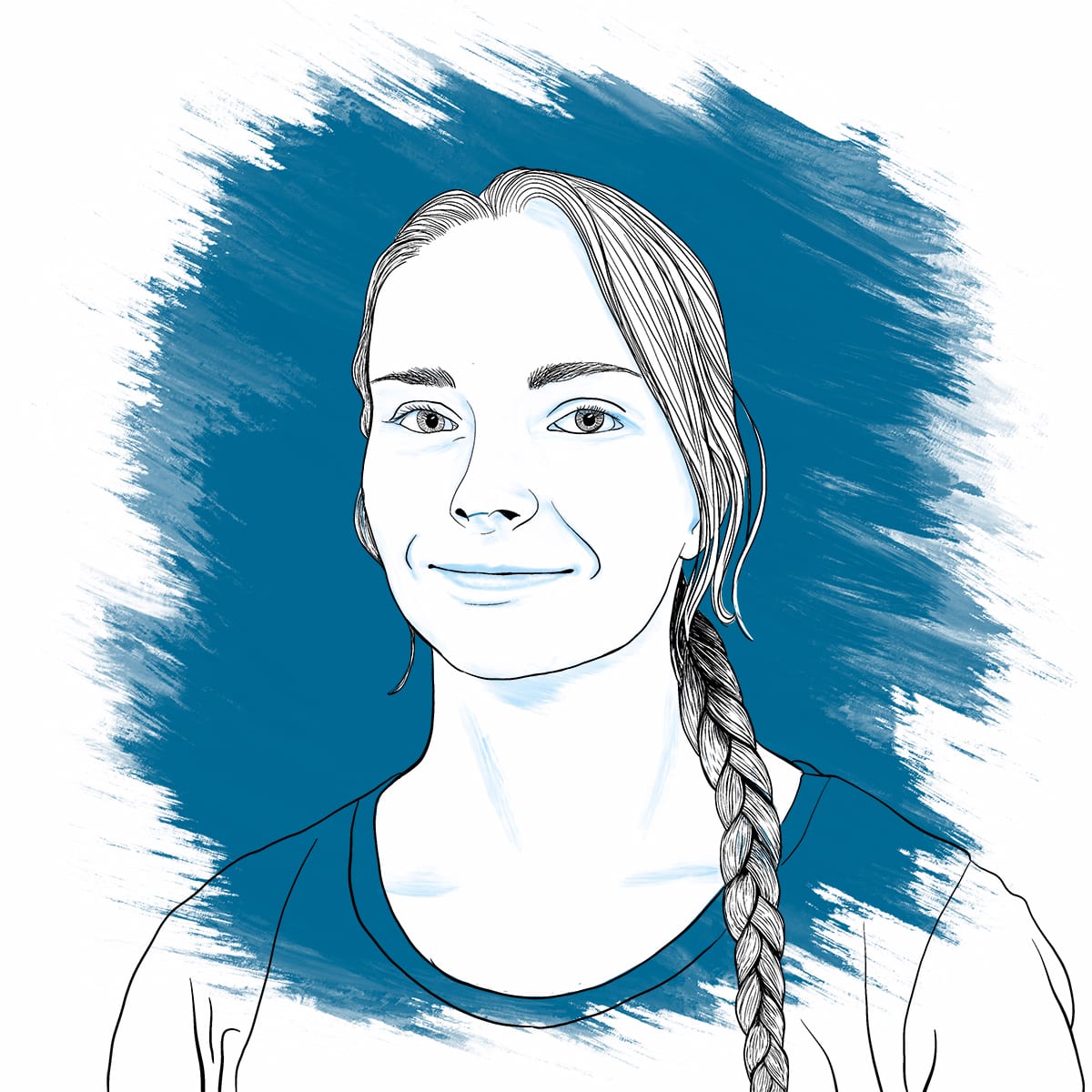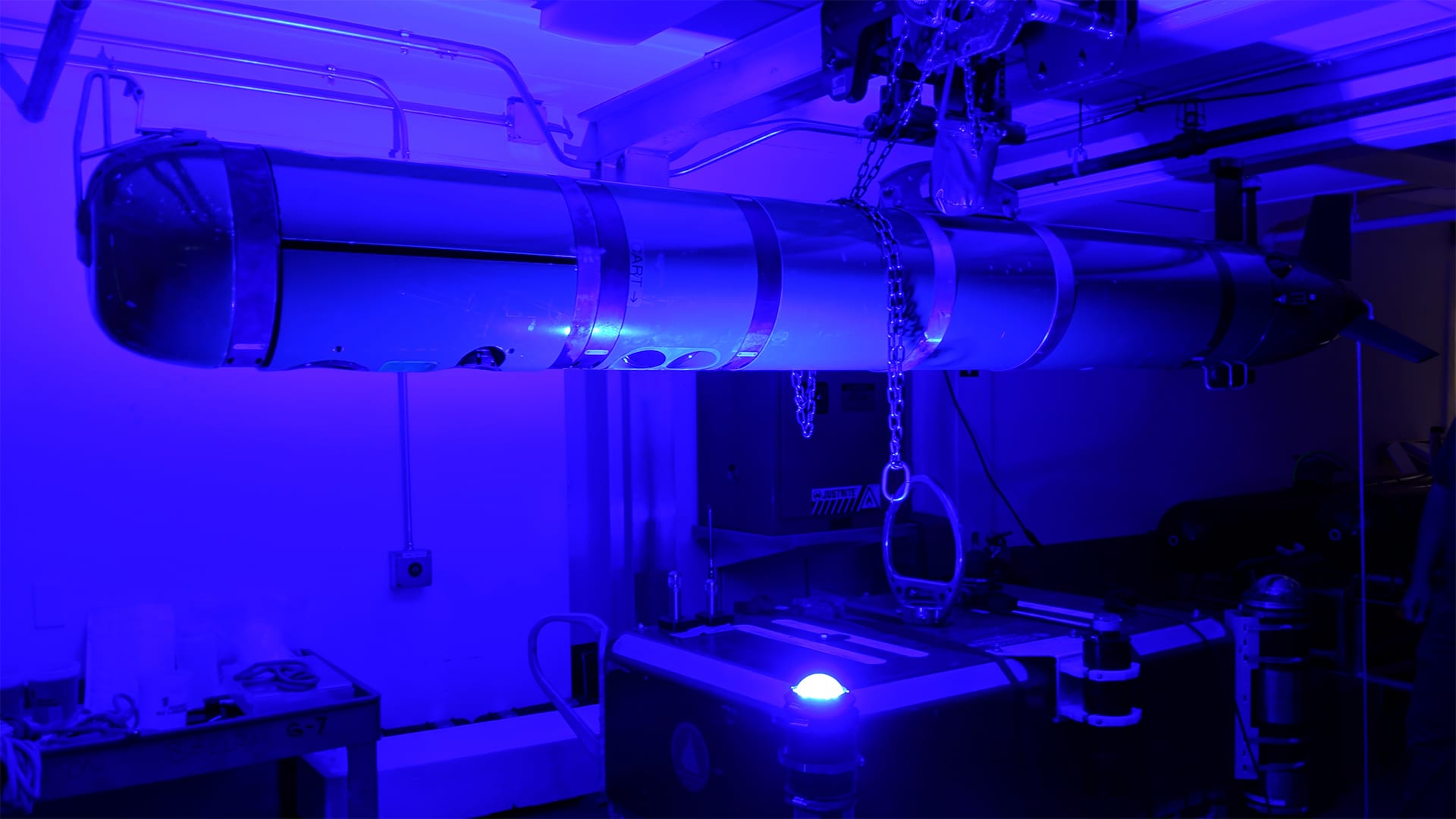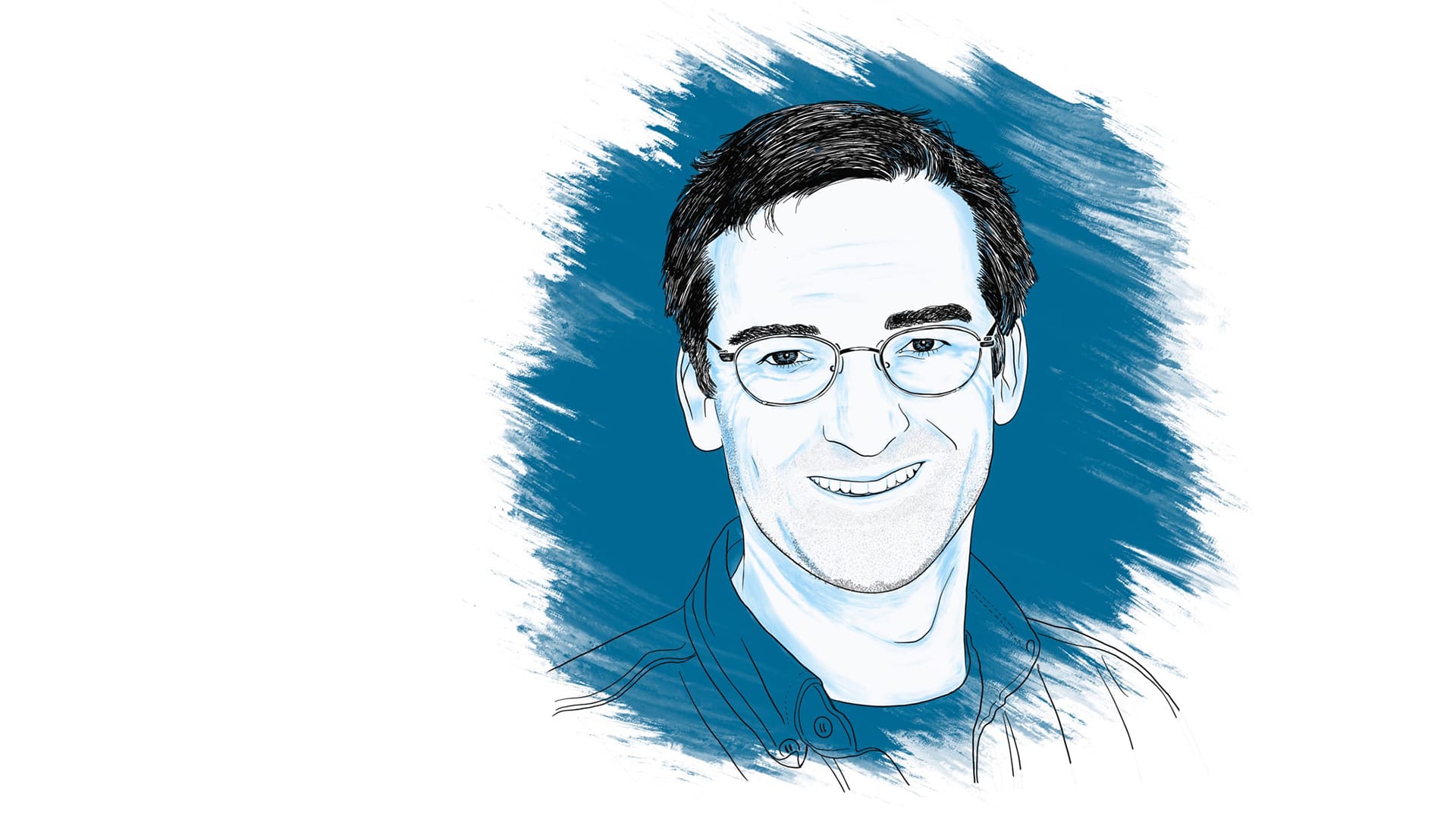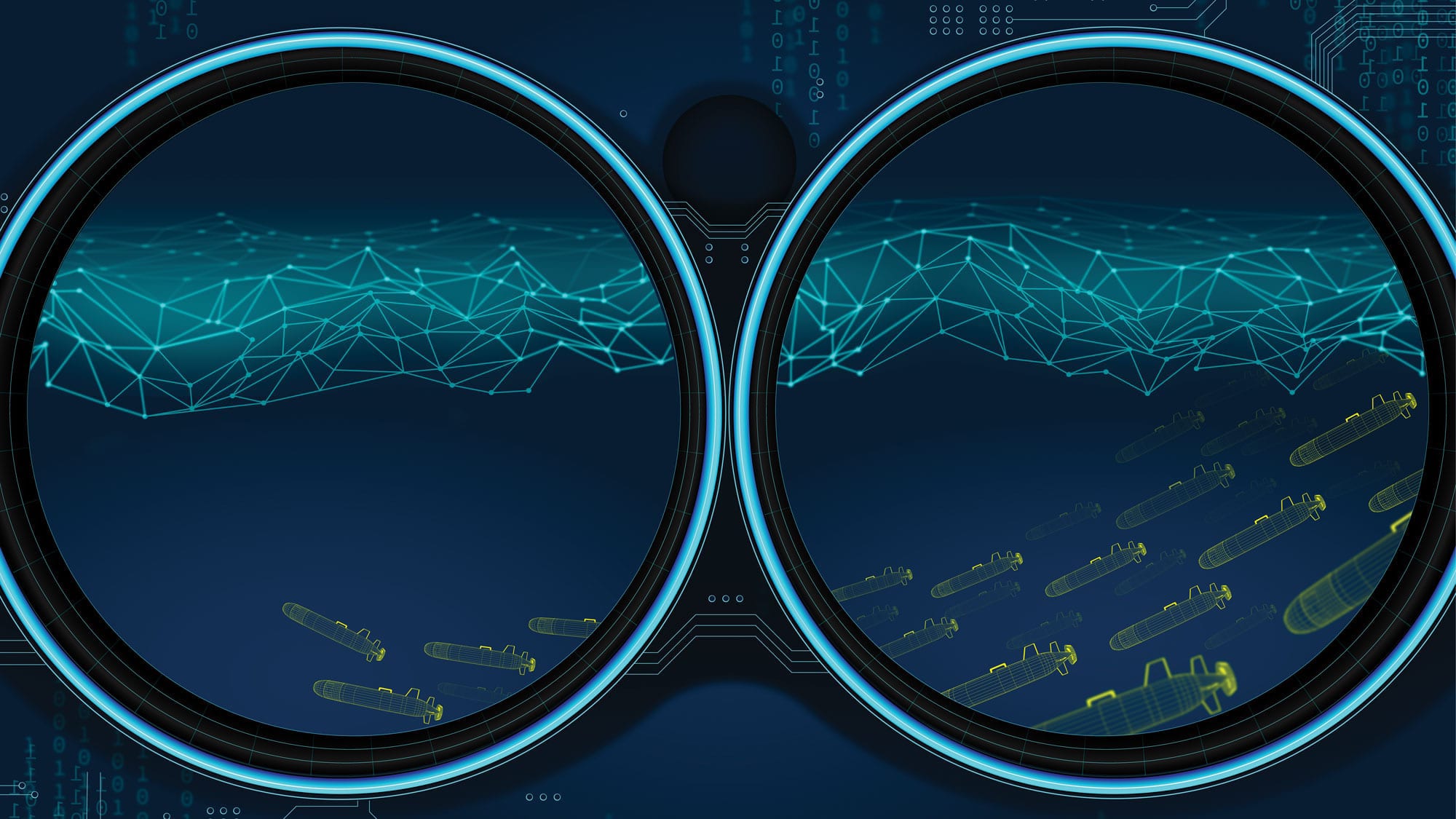Feature
The teacher who never misses the chance to Dive & Discover
Middle-school classroom participates in every Dive & Discover expedition since 2000
Read MoreFive extreme places to do ocean research
Whether they’re under the ice at the furthest poles or hovering above the ocean’s deepest volcanoes, these researchers get the job done.
Read MoreFukushima and the Ocean: A decade of disaster response
One decade since explosions rocked Japan’s Fukushima Dai-ichi nuclear power plant, researchers look back at how the ocean was impacted by the radioactivity fallout from the event, and discuss how the situation continues to evolve.
Read MoreData with a side of sass
The name “data dollies” was a tongue-in-cheek way of calling attention to the essential yet unglamorous work these mostly young, college-educated women performed while not at sea.
Read MoreRacing an undersea volcano
Using AUV Sentry to make a high-resolution, near-bottom, seafloor map before the next volcanic eruption at the East Pacific Rise
Read MoreAmidst pandemic, researchers deploy new monitoring station in tropical Pacific
After two attempts in 2020 to replace a monitoring station of the coast of Chile, WHOI researchers and colleagues successfully deployed the moored system despite pandemic-related challenges. This extends a 20-year ongoing presence of a monitoring buoy in this otherwise data-sparse area of the Pacific.
Read MoreFive books WHOI researchers are reading right now
Ocean scientists don’t just read peer-reviewed papers to stay inspired. Some require less-obvious forms of reading to keep their minds sharp
Read MoreMicrobial Methane – New Fuel for Ocean Robots?
Researchers are developing on an energy harvesting platform that converts marine methane to electricity. The system could be an answer to power-hungry robots that are being asked to explore increasingly larger swaths of the ocean.
Read MoreWHOI scientist shares her perspective on ‘imminent’ oil spill in the Red Sea
As a major oil spill looms in the Red Sea, a WHOI physical oceanographer shares her insights on where the oil might go.
Read MoreTracking change in the Arctic Ocean
Changes in the Arctic Ocean are becoming clearer, thanks to an ocean monitoring network maintained by WHOI researchers in the Beaufort Gyre since 2003.
Read MoreCan icebergs be towed to water-starved cities?
The big tow Researchers have floated the idea of long-distance iceberg towing for decades.
Read MoreThe Bounty of the Ocean
Researchers work to harness the untapped benefits of the sea
Read More‘High-octane’ hurricane fuel swirls in the Gulf of Mexico
Researchers deploy an arsenal of underwater floats to monitor the Loop Current—one of the Atlantic Ocean’s fastest and warmest currents—to collect critical data for hurricane forecasting.
Read MoreInvestigating the ocean’s influence on Australia’s drought
Researchers look to the Indian Ocean for clues on how Australia’s blazing wildfires and bone-dry conditions have reached such extremes.
Read MoreFinding answers in the ocean
The test being used to diagnose the novel coronavirus—and other pandemics like AIDS and SARS—was developed with the help of an enzyme isolated from a microbe found in marine hydrothermal vents as well as freshwater hot springs.
Read MoreGift enables new investments in ocean technologies
A grant from the Coleman and Susan Burke Foundation has allowed WHOI to make crucial investments in remote technology that enhance research innovation at sea. New video monitors aboard the R/V Neil Armstrong will allow scientists and crew to video conference throughout the ship or with colleagues on shore.
Read MoreWho is Peter de Menocal? A Conversation with WHOI’s new President & Director
On October 1st, Dr. Peter de Menocal assumed the role of President & Director of Woods Hole Oceanographic Institution, the 11th person to hold that title since the Institution was founded in 1930. In a wide-ranging conversation, we meet the man and the scientist—and get a glimpse of what WHOI’s future may hold under his leadership.
Read MoreWHOI establishes new fund to accelerate microplastics innovation
With the backing of a handful of family foundations, WHOI is launching a Marine Microplastics Innovation Accelerator to help answer some of the most pressing—and foundational—questions about marine microplastics and their impacts
Read MoreA Sea of Hazards
How ocean scientists are working to safeguard us from the perils of a changing ocean
Read MorePutting the ‘nuclear coffin’ in perspective
WHOI chemist and marine radioactivity expert shares his thoughts about radioactivity waste leaking from Runit Dome—a bomb crater filled with radioactive soil in the Marshall Islands that is now being penetrated by rising sea levels
Read MoreExperts Explore the Ocean-Human Health Link
Eleonora Van Sitteren Guest Student, Lindell Lab I work with the Lindell Lab group at WHOI on a selective breeding program with sugar kelps. These can be used as a…
Read MoreCan seismic data mules protect us from the next big one?
Researchers look to new seafloor earthquake detection systems for better detection and warning of seismic risk
Read MoreTo sail, not to drift
Navigating a changing ecosystem, funding marine science, and finding hope—WHOI Deputy Director Rick Murray charts the course toward our ocean’s future.
Read MoreSea Ahead
Once upon a time, ocean scientists hung up cans on up a tree on Bikini Atoll to measure wave height in the Marshall Islands during nuclear weapons testing. Today, ocean technologies and data harvesting are heading somewhere big, from swarming bots, to more autonomous submersibles, and the miniaturization of ocean sensors
Read More

